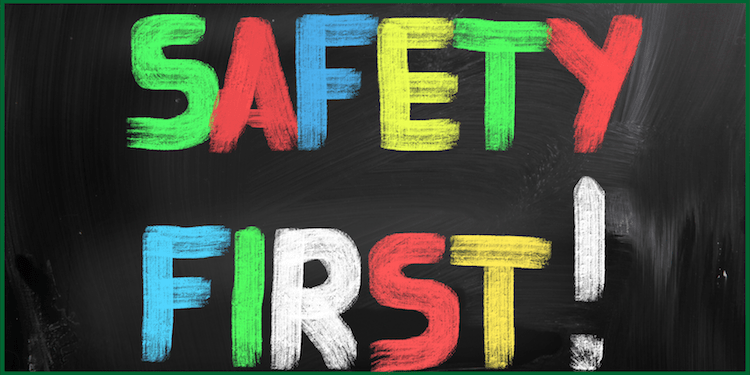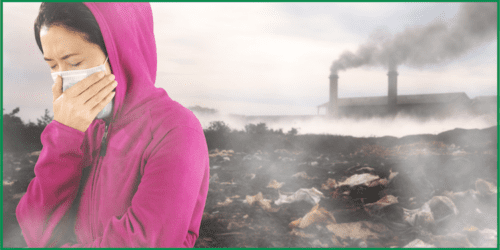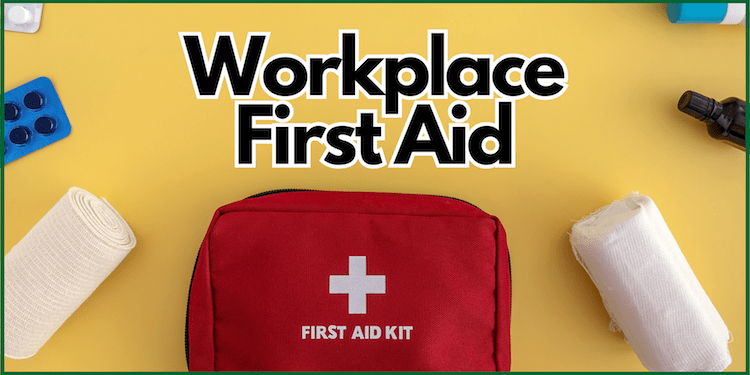Safety consciousness is crucial, and having sound safety guides and tips will enable us to adopt a safety-first mindset at home, at work, or in public spaces; we can protect ourselves and those around us from potential risks and hazards.
This article will explore five practical ways to become a safety-conscious person. Following these guidelines can enhance your safety awareness and create a safer environment.
Table of Contents
- Educate Yourself on Safety
- Identify Hazards and Risks
- Maintain Good Housekeeping
- Cultivate a Safety Mindset
- Practice Emergency Preparedness
5 Effective Ways to Become a Safety-Conscious Person
1. Educate Yourself:
- Knowledge is fundamental to safety consciousness. Invest in the time to educate yourself on various safety topics relevant to your daily life. Stay updated on best practices, regulations, and guidelines related to home safety, workplace safety, and public safety. Reliable sources such as government websites (e.g., www.osha.gov), safety organizations (e.g., National Safety Council), and reputable publications can provide valuable information to help you stay informed.
2. Identify Hazards and Risks:
- Developing an eye for potential hazards is essential for a safety-conscious person. Train yourself to identify risks and hazards in different environments. Conduct a thorough assessment of your surroundings, paying attention to things like slippery floors, exposed wires, faulty equipment, or unsecured objects. By recognizing these potential dangers, you can take appropriate measures to mitigate risks.
3. Maintain Good Housekeeping:
- Maintaining a clean and organized environment is a fundamental aspect of safety consciousness. Keep your living spaces, work, and common areas clutter-free to prevent accidents. Regularly inspect hazardous material storage spaces, electrical appliances, wiring, etc. Also, secure your rooms by installing smoke detectors, carbon monoxide detectors, and fire extinguishers to safeguard against potential threats.
4. Cultivate a Safety Mindset:
- Safety consciousness extends from home to public spaces and workplaces where many accidents occur. Adhere to safety protocols when cooking, engaging in recreational pursuits, using tools, etc. Take precautions, such as wearing appropriate protective gear when required, following safety instructions carefully, seeking professional guidance, and promptly reporting potential hazards.
5. Practice Emergency Preparedness:
- Come about an emergency preparedness plan for your home and workplace. Familiarize yourself with evacuation routes, establish communications protocols, and ensure essential supplies are readily available. Learn basic first aid techniques and cardiopulmonary resuscitation (CPR) to provide immediate assistance during emergencies.
Bottomline
Becoming safety conscious is a lifelong commitment that requires ongoing education, awareness, and responsible actions.
Implementing the abovementioned strategies and consistently prioritizing safety can minimize risk and contribute to a safer environment.
Remember, safety consciousness not only protects yourself but also those around you. Let’s work together to create an accident-free environment.
Do you enjoy this reading? Kindly share with family, friends, and colleagues. Thanks! 🙂



